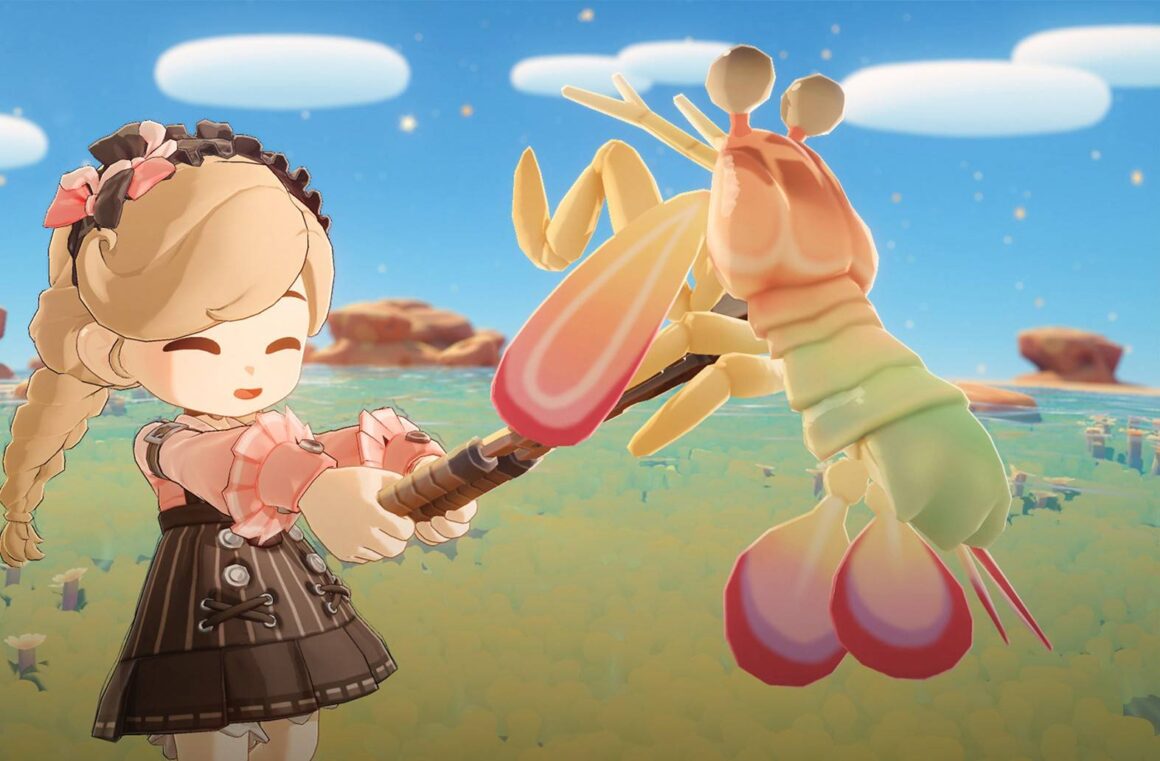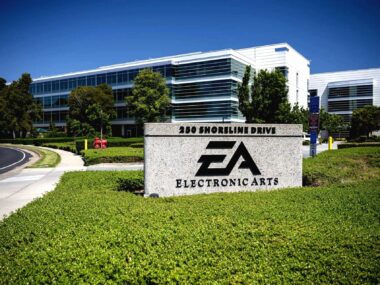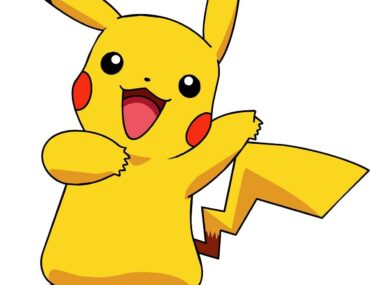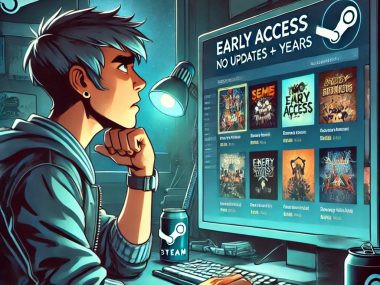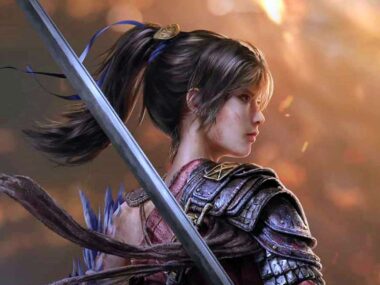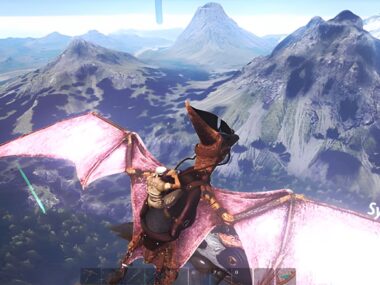HoYoverse is stepping into new territory with Petit Planet. It’s a cozy, cosmic life simulation game where players nurture their own little world and connect it to a larger galaxy. The announcement comes on the heels of Nintendo and Pocketpair revealing their own life sim projects, making it clear the genre is about to get crowded. The big question now: which game will capture the most players’ time and affection?
HoYoverse Enters the Life Sim Space
At its core, Petit Planet is familiar. Players will plant, fish, mine, cook, craft, and decorate, checking off the usual life sim boxes. The cosmic angle changes the scale. Instead of one village or island, players grow entire planets, then link them to neighboring ones to form a galaxy.
Customization is also extensive. Avatars, outfits, furniture, skies, and even beaches shift according to a life force called Luca, giving each player’s planet a unique mood. The game also leans into relationships. Befriending Neighbors with their own personalities, gifting them items, inviting them to live in your world, and gradually unlocking new interactions as bonds deepen. Romantic relationships may even be possible, though not yet confirmed outright.
On top of this, multiplayer elements bring the community together. Expeditions called Starsea Voyages let players discover new islets and rare creatures, while the Galactic Bazaar acts as a hub for festivals, events, and socializing.
The Art Style Debate
For some, the first thing that stands out about Petit Planet is its art style: bright, cartoony, and full of chibi proportions. Personally, I find it adorable. I’ve seen plenty of criticism online from players who feel the characters look uncomfortably childlike.
This discomfort isn’t just about taste. It ties into a bigger issue. Life sims often involve building relationships, sometimes with romantic overtones. When characters resemble children, even if unintentionally, that creates tension. Add in the fact that governments and payment processors are increasingly aggressive about flagging anything that could be mistaken as inappropriate for minors. Suddenly an art style choice can have serious consequences.
To HoYoverse’s credit, the designs clearly lean toward whimsical chibis rather than realistic kids, in keeping with the cozy, fantastical tone of the game. Still, the unease some players feel reflects a larger cultural conversation about how games portray characters, and how developers navigate the line between artistic freedom and social responsibility.
Can Petit Planet Thrive in a Crowded Genre?
With Animal Crossing, Stardew Valley, and the wave of new titles on the horizon, the life sim genre is busier than ever. Petit Planet’s cosmic scale and multiplayer focus set it apart, but it may live or die based on whether its art direction resonates with players or alienates them.
For HoYoverse, this is uncharted ground. They’re known for sprawling RPGs with heavy lore, not cozy community-building. Maybe that’s exactly why Petit Planet is intriguing. It asks what happens when a studio built on spectacle and storytelling tries to bottle that into something intimate, relaxing, and personal.
Petit Planet is more than just HoYoverse’s experiment with a popular genre. It’s a test case for how far the cozy game boom can stretch—and whether players are ready for a life sim that trades village squares for galaxies. If it lands, it could redefine the genre’s boundaries. If it doesn’t, it may prove that not every studio can make a cozy game click.
